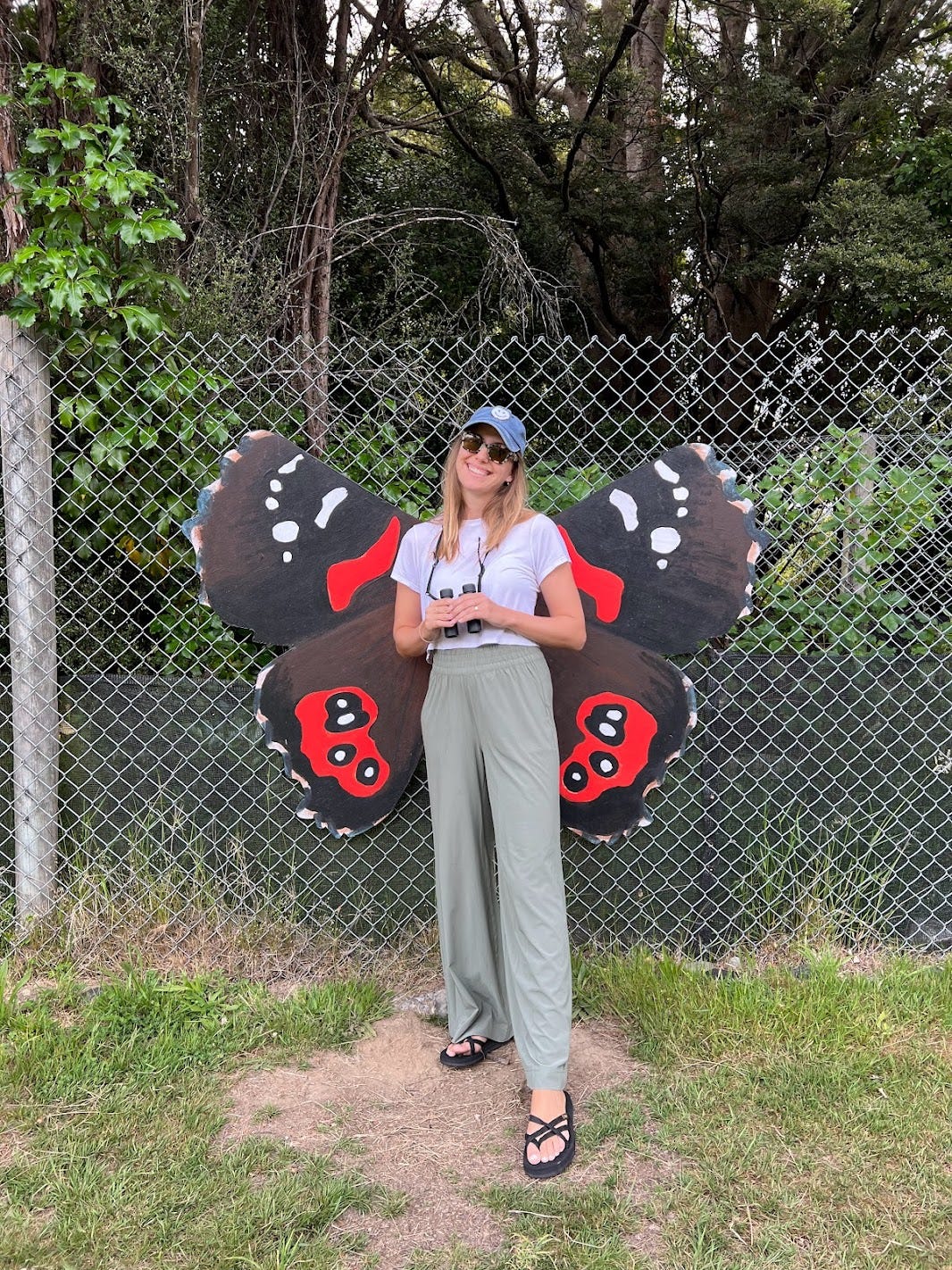Humanity grew up in caves. It’s only fairly recently in our history that we left them behind…or have we?
Often on the road we’d end up somewhere with a popular cave to visit—Railay Beach in Thailand, Ioannina in Greece, Sarlat in France. Our ape brains feel drawn to the darkness, the damp, where we’ve collectively sheltered and worshiped over hundreds of thousands of years.
There is, quite simply, no cave in the world like the Glowworm Cave on Lake Te Anau’s western shore. Because glow worms live only in the region, and if there are higher concentrations elsewhere, they’re being kept a guarded secret. It’s a wonder of the natural world—nearly to Antarctica, across a windswept lake, deep under the mountain—a capsule of transient wonder, glowing in a way we’d never imagined possible, even after seeing a small smattering already.
We’d flown from Auckland to Queenstown and, after a few hikes and a night spent at a wonderful vacation home in Athol, made our way south to Te Anau, the gateway to Fiordland National Park, a massive expanse of mountain ranges, lakes, and, yes, fjords.
Perhaps you’ve heard of the famous Milford Track hike? It’s one of three Great Walks in the park (out of 10 total in the country), along with the Kepler and Routeburn tracks. Perhaps you’re familiar with Fanghorn forest from Lord of the Rings? Oh yeah, shot in Fiordland. It’s epic.
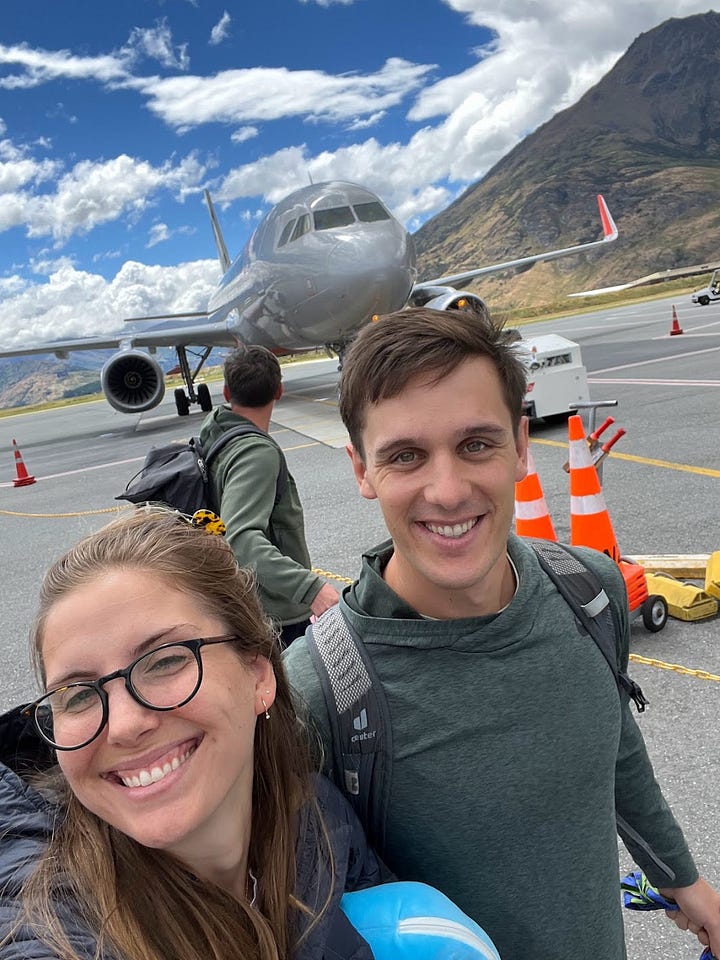

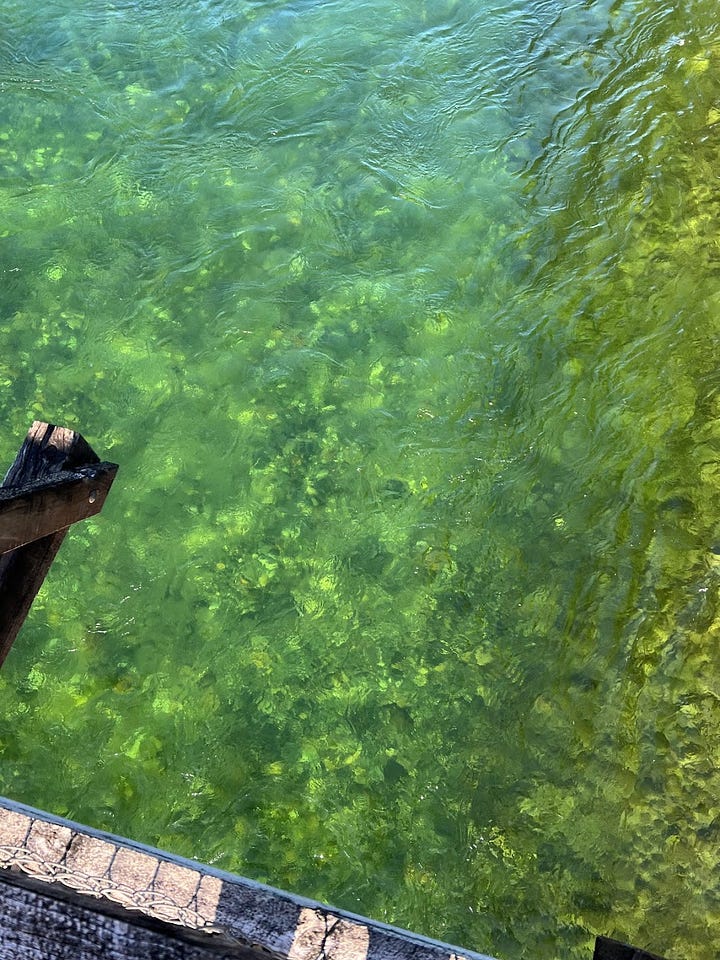
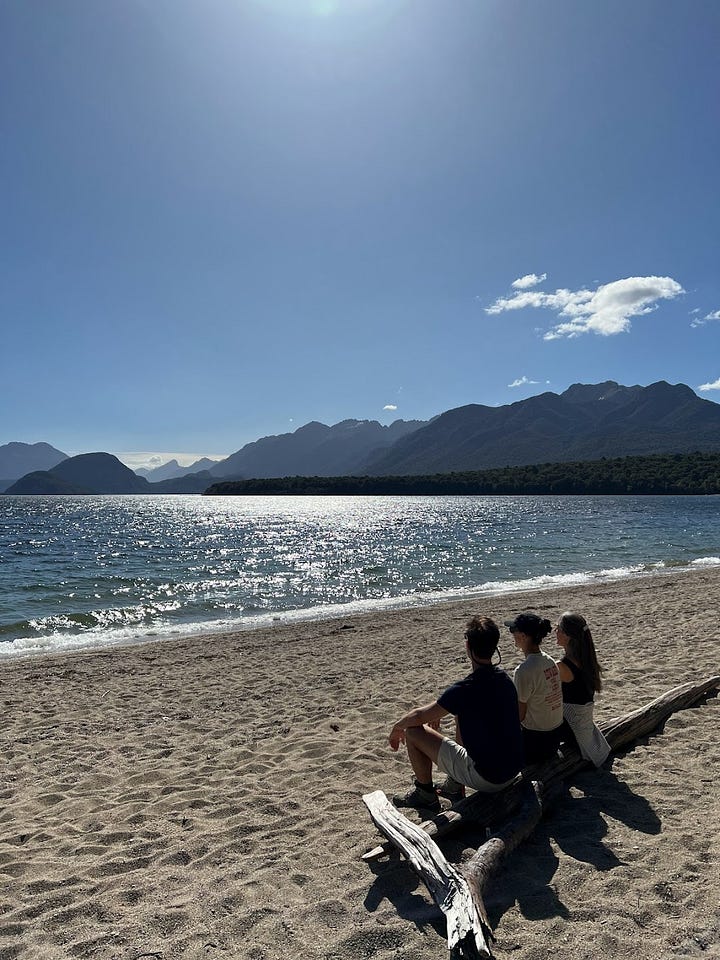
Te Anau town doesn’t match the grandeur, but is a comfortable home base. Our rental featured horses, a llama, a giant rooster, and a lamb who loved to play—we sang “Kira had a little lamb,” because she did!
During our stay we took incredible day hikes (Rainbow Reach to Iris Burn hut), rode the flying fox zipline together at a big playground, and serendipitously met up with a childhood friend and his partner on their own corporate gap year.
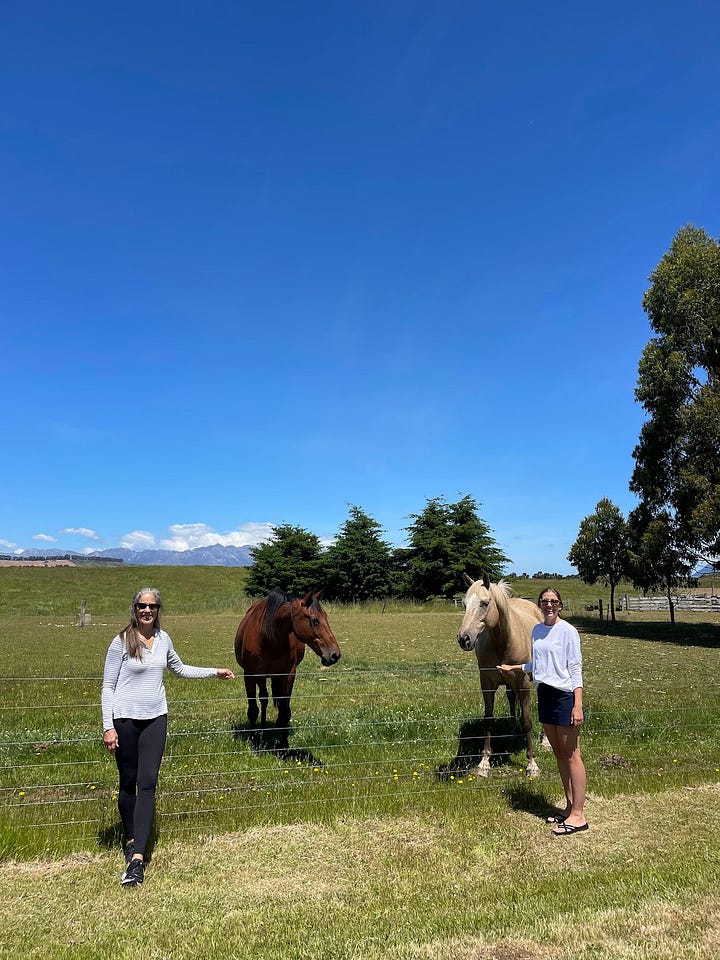
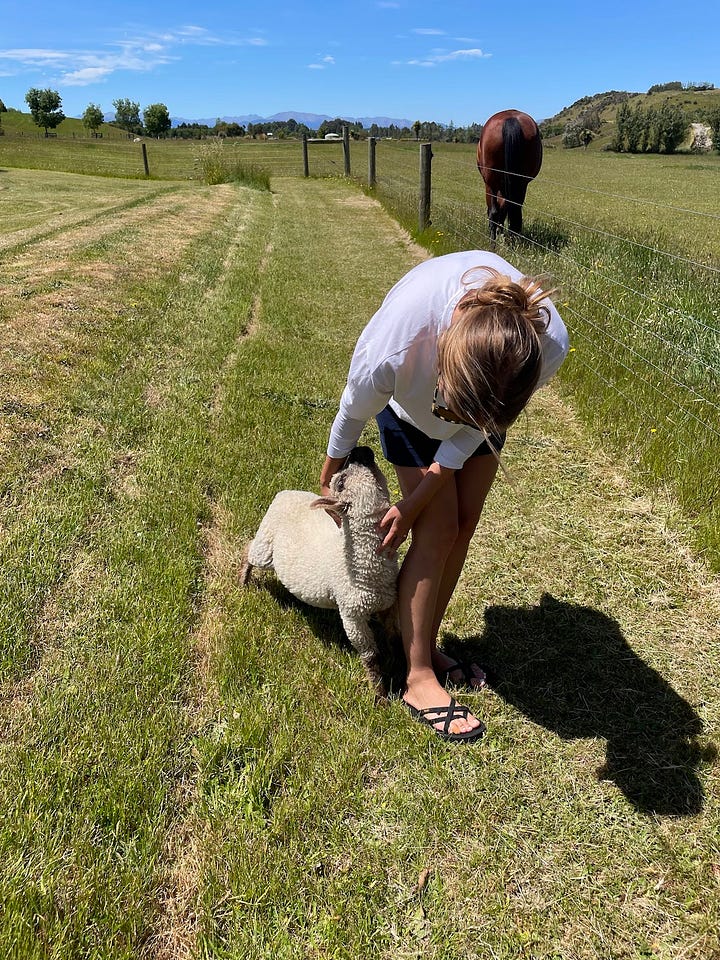
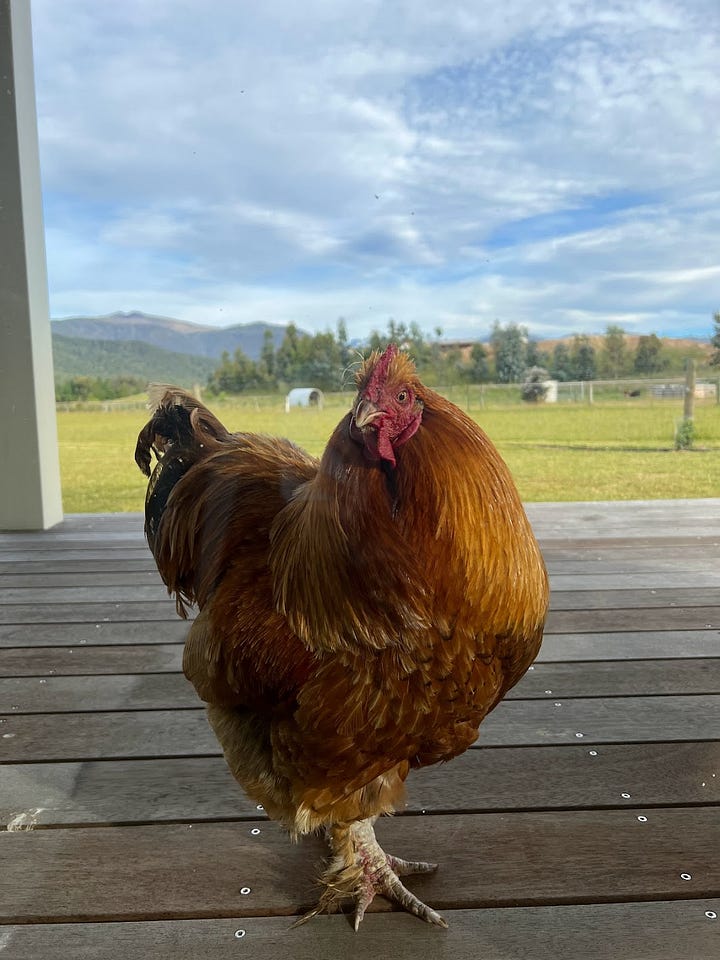
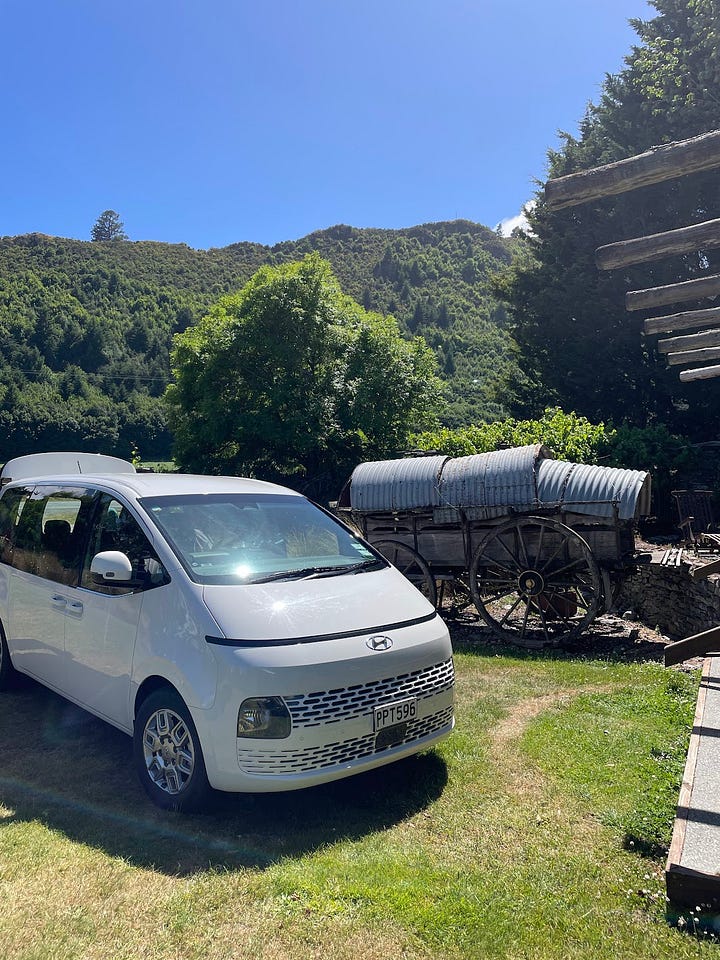
And, of course, we visited the caves. You take a 20 minute boat ride, listen to a 20 minute presentation, then take a tour of the cave for maybe 20 minutes. When we first looked into it, it seemed overly expensive—how cool could it be? But hey, why not, we’re there, we’re doing it.
By the time we emerged blinking into the gray afternoon, we understood that the visit was priceless.
The cave is formed by a river, so the tour is fully in a boat. There are no photos allowed. You climb in and the guide pulls a chain to guide the craft into the narrow passageway. The lights go out and, as your eyes adjust, the first glow is revealed. Bluer to some, greener to others, the worms sparkle like stars in the night sky, yet closer at hand, organic, magical in the truest sense. As we wrote last week, your brain doesn’t fully grasp what you’re seeing. Somehow, along the way, you end up passing another boat, but you never know, because it’s pitch black and you’re staring up at the ceiling and walls of the cave, which sometimes press in closely, within inches of your nose.
The brightest clusters seem comprised of tens of thousands of worms. I have no idea if that’s accurate, but that’s the feeling—like staring into the heart of the milky way. It combines our reliance on and tempered affinity for caves with the unknown infinite of space. These are living bugs generating the glow! Weird aggressive larvae with no other purpose in life other than to eat tiny flies that enter through the cave mouth. Yet what purpose!
Next week → Routeburn Track, Fiordland National Park, New Zealand
